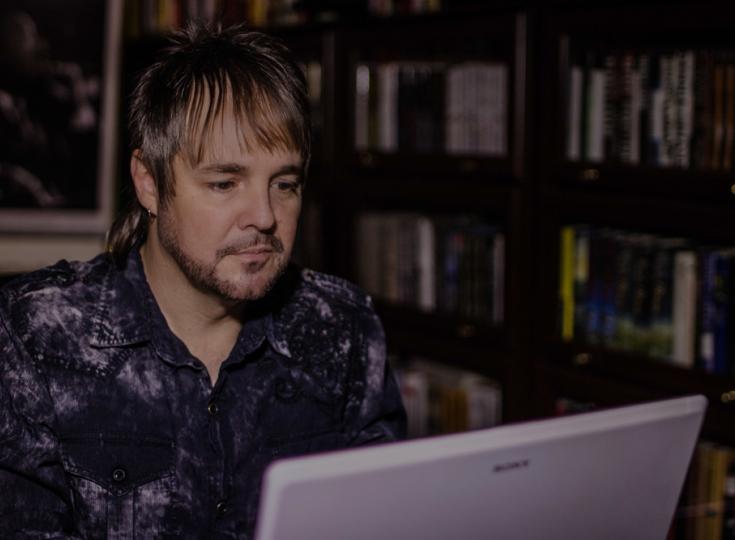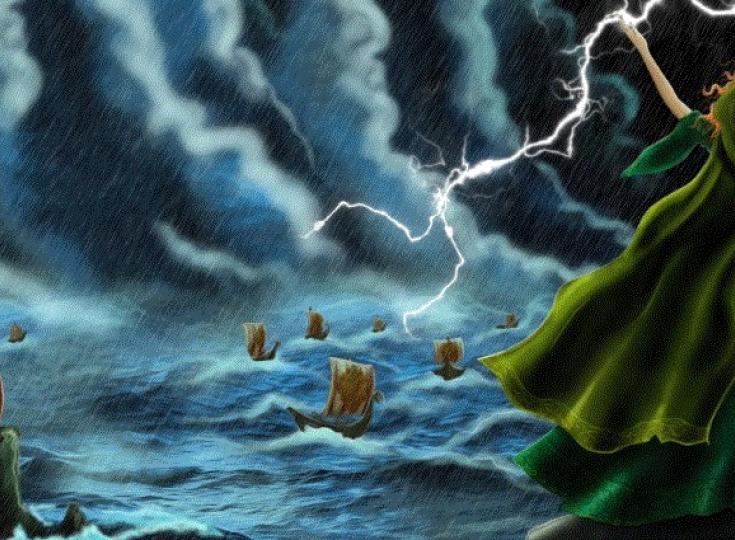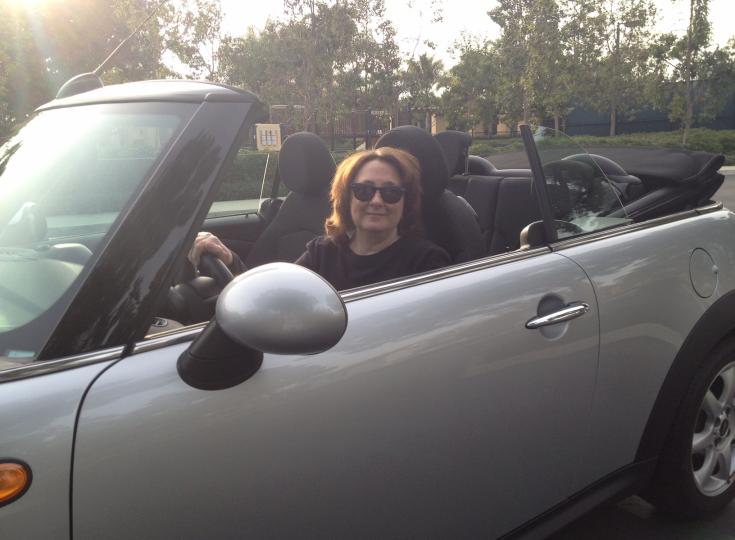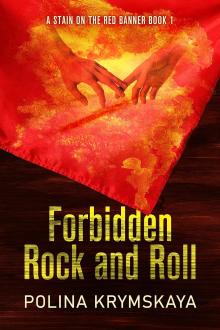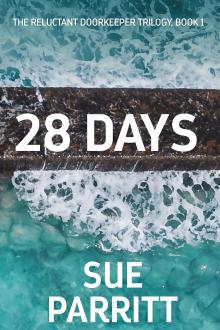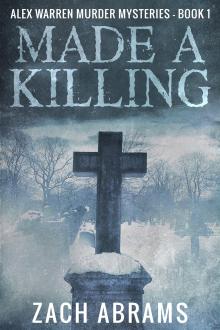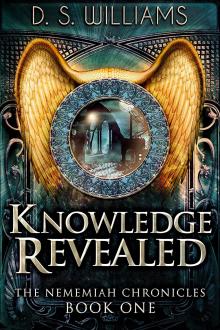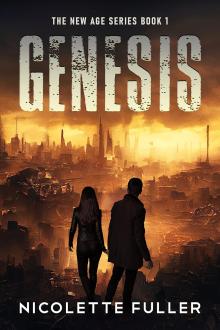Craig DiLouie - Experience Submarine Warfare Firsthand
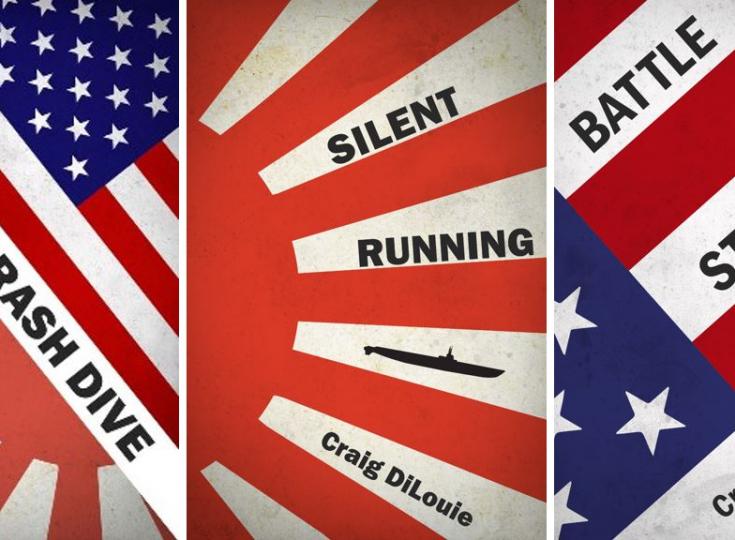
Bestselling author, Craig DiLouie, has a knack for drawing you into a story and making you really experience it firsthand. His Crash Drive series is no exception, and puts readers aboard a submarine, fighting battles in World War 2. As our author of the day, DiLouie reveals how he paged through submarine manuals in order to make the book as realistic as possible, why he made the leap from horror to history and talks about his journey as an author.
Please give us a short introduction to Crash Drive.
Thank you for inviting me to be Author of the Day! Crash Dive launches a series about a young lieutenant in the submarines in the World War 2. Think Horatio Hornblower on submarines. It's pulpy, action-packed, fun military-adventure fiction. I try to distinguish it by providing a main character you can root for, deep historical and technical realism, and extreme action. My goal is to put you aboard a submarine and have you fight alongside the crew, experience what it was like through the eyes of our hero, Charlie Harrison. High stakes, incredible tension, searing catharsis.
Why WWII? What is it about this time period that fascinates you?
Everybody is familiar with the war and knows that it shaped the world we live in today. The spirit and scale of the conflict, coupled with the fact most people know far less about what really happened than they think they do, are a writer's gold. With Crash Dive, I wanted to put the reader on a typical S-class submarine and throw at them many of the common routines, challenges and horrors of undersea combat, coupled with the catharsis of triumph. All against the sweeping backdrop of the Pacific conflict.
What inspired you to use a submarine as the backdrop for this story?
WW2 was the first war in which machines played a decisive part. They fought the war as much as men and women did. The submarine itself is a fascinating machine that I wanted to explore. Many people picture the war being fought similarly to what they see in movies. The real thing was a lot different, particularly in the older S-class submarines used in the Pacific at the start of the conflict. The S-boats had no air conditioning, so picture living in a cramped metal box crowded with valves and levers in 100F and 100% humidity. Infested with cockroaches. Water condensing and running down the bulkheads. Equipment breaking down. Very little water for bathing. Nothing about shooting a target was easy. The results were brutal as was the response. Being under a depth charging was like being shelled by artillery, terrifying. I wanted to write a book about men and this highly complex machine working together to fight a very tough enemy.
How much research did you have to do for this book and what was the most interesting aspect of your research?
I do an enormous amount of research for all my books, which I find as enjoyable as writing. It is so much easier now with the Internet than it used to be when I was first starting out. With a short online search, I can access manuals covering everything from submarine navigation to fire control. I can't claim to get every single thing completely accurate, but for the most part, the story is very similar to how men fought in submarines during that period. The main thing for me as a writer is to internalize the research so I can provide historical and technical detail without bogging down the action with info dumps.
You are particularly known for your horror and sci-fi fiction books. Why did you decide to also get into history?
My zombie fiction took off about six years ago with the publication of Tooth and Nail. I've written several more zombie books before moving into apocalyptic horror with Suffer the Children, which Simon & Schuster published in 2014. That book was nominated for several major awards and subsequently optioned for film adaptation. Working with a Big 5 publisher was a fantastic experience. However, self-publishing continued to offer a lot of appeal. I decided to take a stab at it with Crash Dive and was amazed at the results. It's incredibly freeing. I set out to do nothing more than write a simple and engaging adventure series and have fun with it. I also love history, so writing the Crash Dive series is an opportunity to learn as well as write.
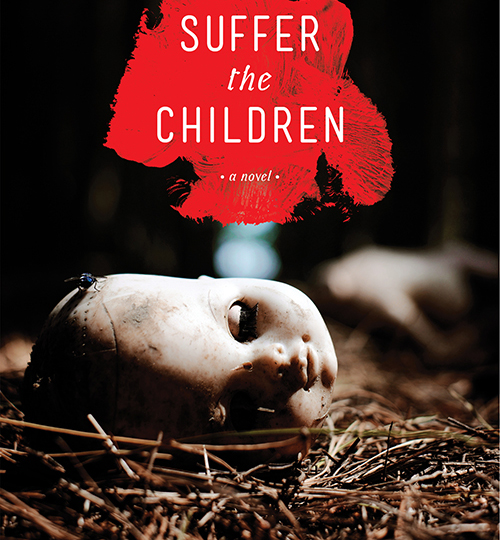
How, do you think, have you evolved creatively since you published your very first novel?
I've evolved in many ways, but for me the key to that was becoming open to it. My zombie novels had done very well and I could have just done more of the same. In fact, once you get a taste of success as a writer, there is enormous pressure to do just that. Instead, I branched out and challenged myself to become more disciplined and learn craft. I'm ten times the writer I was when my first novel was published over 10 years ago. Hopefully, in ten years, I'll be ten times the writer I am today. My advice to writers is whether you are struggling or have found success, continue to learn and hone your craft. Always be better, and never be afraid to try something new.
Readers report that Crash Dive is a fast read. Was this intentional?
Completely intentional. The great thing about self-publishing is you can connect directly with readers through Amazon and other online retailers. The bad thing is price competition has pushed the optimal price for an eBook to $3. Like most writers, I have a day job. I'm lucky in that I happen to love that day job, but of course the downside is I can only produce so much content each year. Suppose an average writer can produce 100,000 words a year, a commonly length for a novel you see in bookstores. I don't understand why anybody doing self-publishing would want to take a year of their life, write that 100,000-word book, and then sell it for $3. For me, the ideal is to write three 40,000- to 50,000-word books a year, tie them into a series, and sell them for $3 each. This works out well for both the reader and me as the author. In my view, self-publishing has brought back the dime novel of the 1860s--short, pulpy stories about a likable protagonist facing enormous conflict. As long as you deliver a complete story and a satisfying experience, readers don't really care how long the book is. They want quality, not quantity. An experience. Crash Dive's reviews speak for themselves on that.
Your scenes are very descriptive, making readers feel as if they are actually there. How do you pull this off?
A good setting should be realistic and grounded. It should be described just enough to put the reader there but with enough "white space" to allow the reader to use their imagination to fill it in. And it should present little obstacles and sensory elements, whether comforting or discomforting, to engage the reader emotionally. For action, it should have good pacing, which you control through sentence and paragraph length and result rhythm. Description should not get in the way of the story or slow it down. The story has to keep moving, particularly during action scenes, when you put your foot on the gas. With action, description should focus on the payoff. If a submarine is in combat, the description should focus on the resulting explosion when the target is hit.
When working on a novel, how do you immerse yourself in the main characters' lives?
The main thing is to know who your character is and what they want. Once you know all that, whatever happens in a scene, you can write it from their point of view. Otherwise, one of the wonderful things about writing historical fiction is so much is given to you. In the case of Crash Dive, the story is set in a submarine, so the more I learned about submarines and the experiences of submariners during the war, the more I had to work with as a writer. I fill up notebooks with research notes, snatches of dialogue and plotting for weeks before I start writing. For me, writing is not typing. It also includes the process of envisioning the story before you commit to a single word.
How does the sequel tie in with this one? Did you know right from the start you were going to write a sequel?
I envisioned a series from the start, but whether I developed it was up to readers. One of the things I tell fans is if they keep reading, I'll keep writing. The first book was so popular I wrote two sequels. Silent Running has been out for a while, and Battle Stations released on October 28.
Besides writing, what other cool skills do you have?
My greatest joy in life is being a father to two amazing children. I work hard at being the best dad I can be.
What are you working on right now?
I'm writing a horror novel I'm hoping my agent will be able to sell to a Big 5 publisher. I'm also sketching out the fourth episode of the Crash Dive series, which will be published in early 2017. The series will be five episodes, taking Charlie Harrison all the way to the end of the war.
Where can our readers discover more of your work or interact with you?
My website is www.CraigDiLouie.com, where people can learn about my work. I also blog about history, politics, science, apocalyptic horror, writing/publishing and tons of other geek stuff there. I hope they'll subscribe to my newsletter so they can stay up to date on new releases. Readers can friend me on Facebook at https://www.facebook.com/craig.dilouie or follow me on Twitter at https://twitter.com/CraigDiLouie. They can follow my Amazon author page and find me on GoodReads as well. One thing readers can do as well as is read a quick pick-your-own-plot submarine adventure online, called Fire One. It puts you in command of your own submarine and throws you into a game of wits against a Japanese submarine. Readers can find it here:http://writer.inklestudios.com/stories/x6vp.
